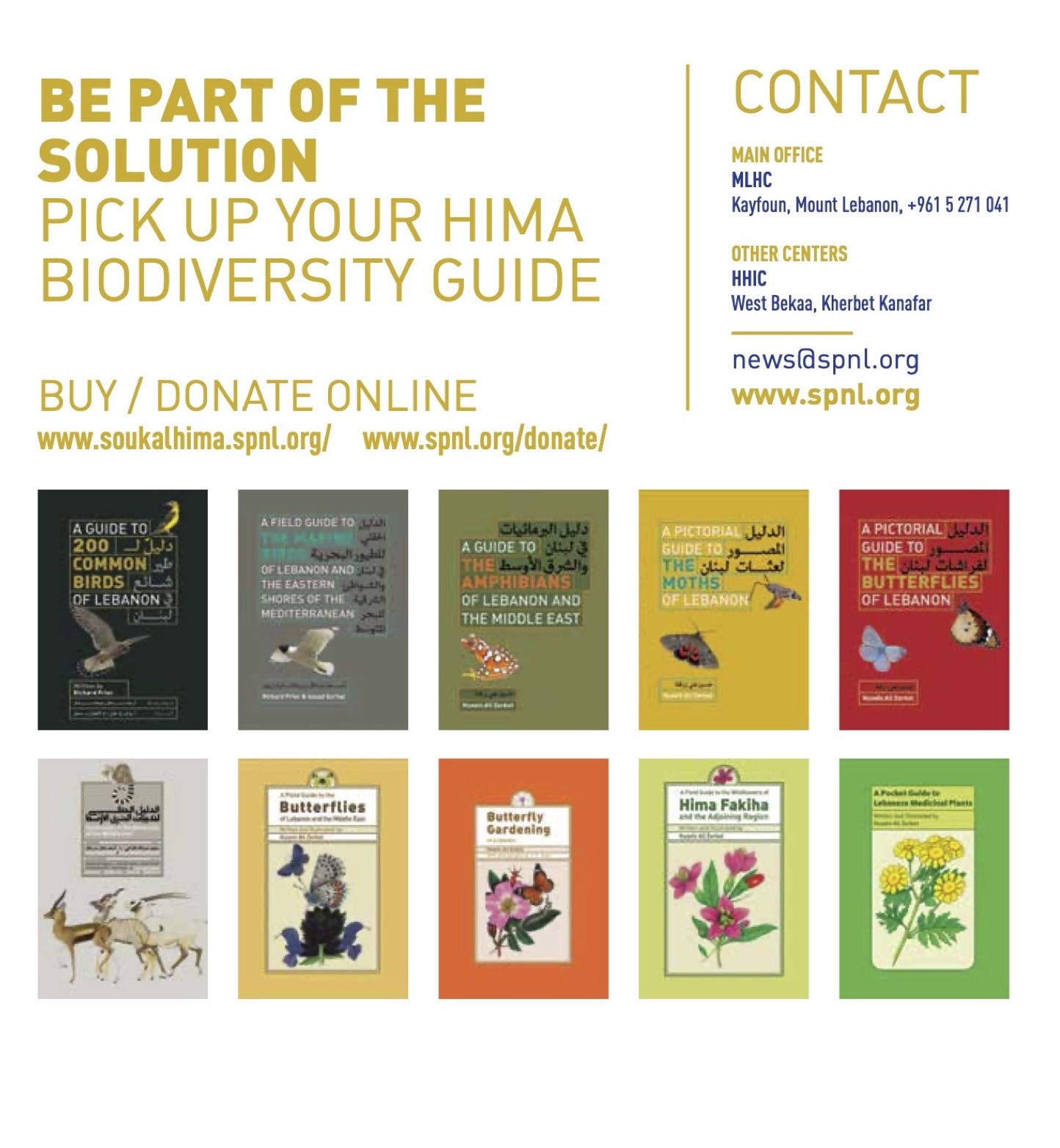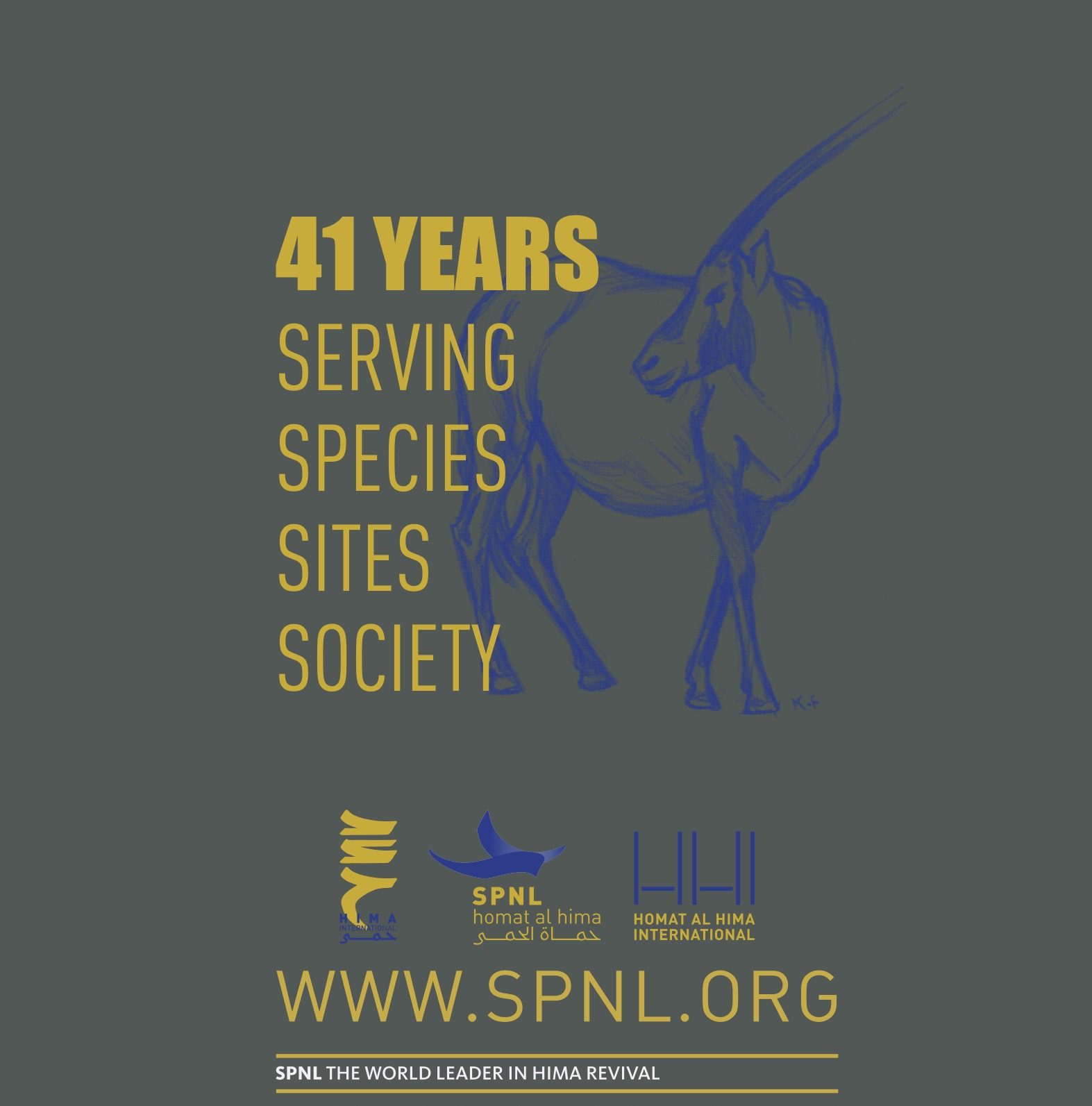Rare migratory bird species are visiting Daraya in Miniyeh-Danniyeh District, north Lebanon and attracting birdwatchers.
The President of the Middle East Sustainable Hunting Center (MESHC) Adonis Al-Khatib, accompanied by the Head of the Anti-Poaching Unit (APU), Shirine Bou Rafoul, paid a visit to the president of the association of supporters of the environment, Mr. Mohamed Fatfat, to gift him a set of binoculars and a number of books dedicated to the science of ornithology.
This comes as part of preparations for the opening of an international center for bird watching before the autumn migration in Daraya, which was once known as a graveyard for migrating birds in Miniyeh-Danniyeh District.

We hope that Daraya will be classified soon by key global conservation institutions as an International Bird Area (IBA) and Key Biodiversity Area (KBA), it is a significant transit to the itinerant birds. Al-Khatib added.
With the presence of pervasive indigenous and migratory bird species, visitors in the mode of birdwatchers, eco-tourists, and Ornithologists will throng there to observe all, including the “Flying Visitors”, which the villagers willingly grant recurring ‘asylums’ without “Visas and Travel Restrictions”.
The Anti-poaching unit works as a Liaison between for Sustainable Hunting program for SPNL (Society for the Protection of Nature in Lebanon), and the Middle East Sustainable Hunting Center (MESHC) in partnership with the Committee Against Bird Slaughter (CABS).
The anti-poaching project in Lebanon is based on partnership and cooperation between MESHC and SPNL on the one hand, and between SPNL and the MSB – Migratory Soaring Birds Project funded by the Global Environment Fund (GEF) and the project to fight illegal hunting funded by MAVA, on the other hand.






